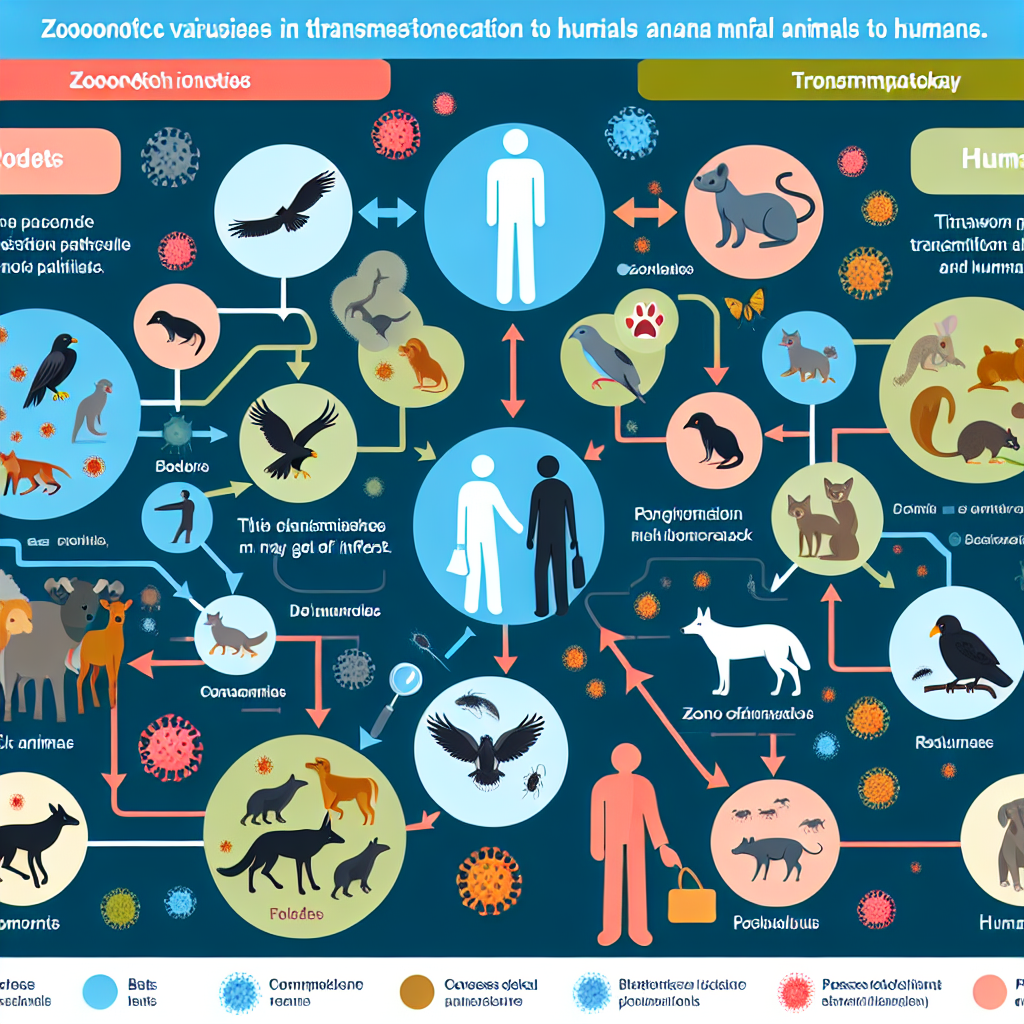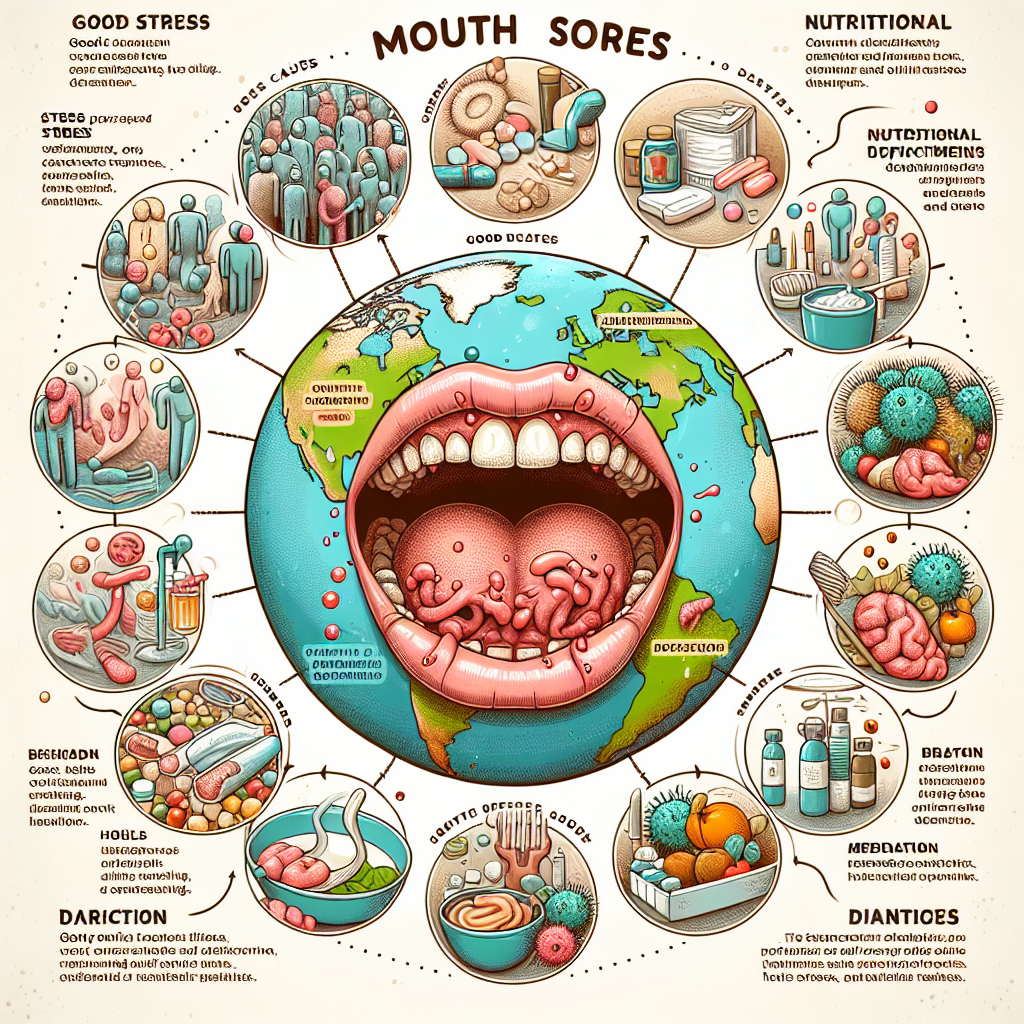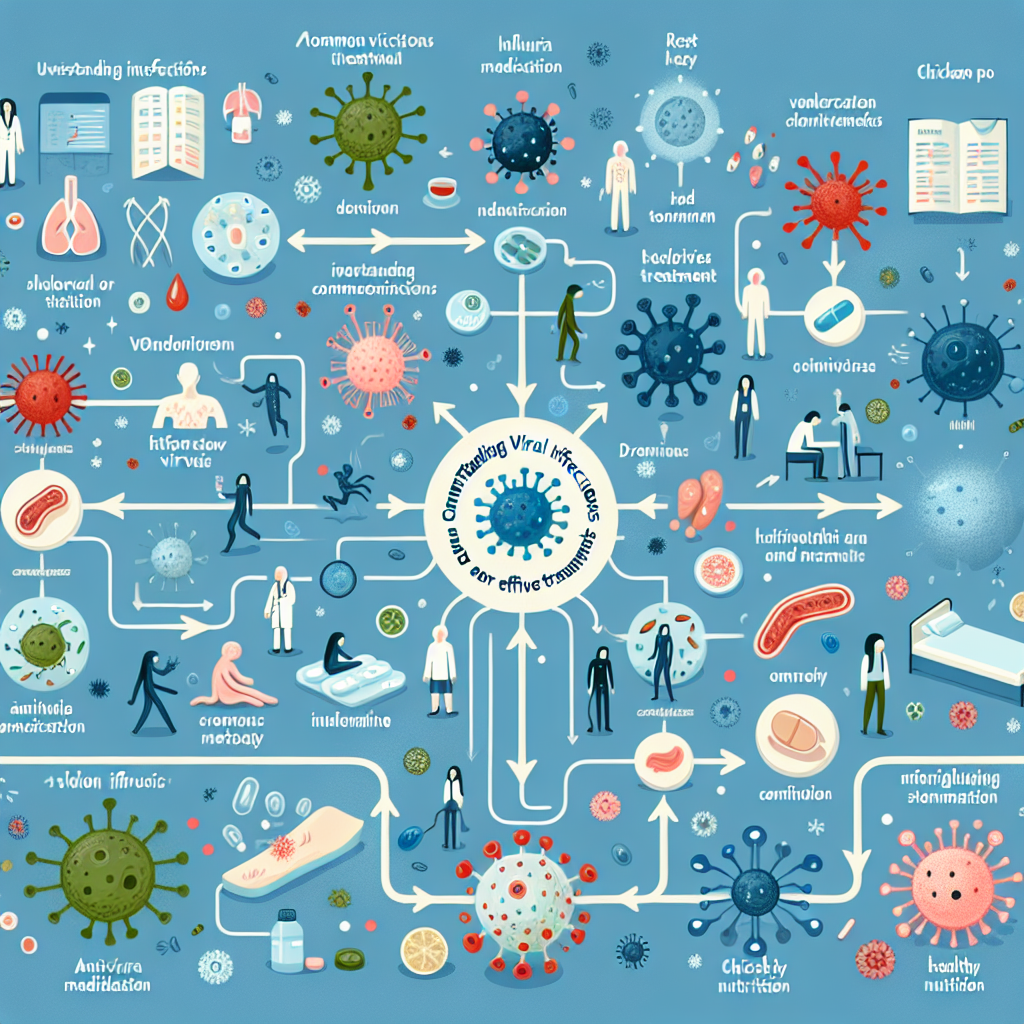Understanding zoonotic viruses is crucial in our interconnected world, where the delicate balance between human health, animal health, and environmental factors plays a pivotal role. These viruses, capable of jumping from animals to humans, can cause devastating outbreaks, leading to significant morbidity and mortality. The increasing frequency of zoonotic diseases, as witnessed with recent pandemics, underscores the urgency of comprehensively understanding their transmission pathways and associated risks. This article delves into the intricacies of zoonotic viruses, exploring how they traverse from animal reservoirs to human hosts and the potential threats they pose to global health.
Exploring the Transmission Pathways of Zoonotic Viruses
Zoonotic viruses often originate in wildlife, where they establish themselves in various animal species before potentially spilling over into human populations. The transmission pathways can be complex, with numerous factors influencing how these pathogens make the leap. For example, viruses like Ebola and Zika are primarily spread through contact with infected animals, such as bats or mosquitoes, respectively. Human activities, such as deforestation, urbanization, and wildlife trade, significantly increase the likelihood of zoonotic spillover by altering the natural habitats and behaviors of these animal reservoirs, thus enhancing human-animal contact.
In addition to direct contact, zoonotic viruses can also be transmitted indirectly through environmental vectors. For instance, contaminated water and soil can serve as reservoirs for viruses, which subsequently infect humans who come into contact with these contaminated sources. The role of vectors, such as ticks and mosquitoes, cannot be overlooked, as they are responsible for the transmission of several high-profile zoonotic diseases, including Lyme disease and West Nile virus. Understanding these complex transmission pathways is essential for developing effective surveillance and control measures aimed at preventing outbreaks.
Moreover, advancements in genomic sequencing and bioinformatics have provided unprecedented insights into the evolution and transmission dynamics of zoonotic viruses. Researchers can now trace the genetic lineage of viruses, providing a clearer picture of how they circulate among animal populations and eventually infect humans. This detailed understanding is vital for public health responses, enabling targeted interventions that mitigate risks associated with zoonotic viruses before they escalate into widespread outbreaks.
Assessing the Risks Associated with Zoonotic Outbreaks
The risks associated with zoonotic outbreaks extend beyond immediate health concerns and encompass broad societal and economic implications. The emergence of a zoonotic virus can lead to significant public health crises, as seen with the HIV/AIDS epidemic and more recently with SARS-CoV-2. These outbreaks can overwhelm healthcare systems, disrupt economies, and create widespread fear and uncertainty among affected populations. The interconnectedness of our modern world means that a localized outbreak can quickly escalate into a global pandemic, making proactive risk assessment a critical component of public health strategies.
In addition to health impacts, zoonotic outbreaks can have profound effects on food security and animal health. For instance, outbreaks of zoonotic diseases can lead to culling of livestock, impacting food supply chains and economies reliant on agriculture. The potential for zoonotic viruses to affect agricultural productivity highlights the need for a One Health approach that integrates human, animal, and environmental health strategies. This holistic perspective enables stakeholders to address the root causes of outbreaks and develop comprehensive risk mitigation strategies.
Another key element in assessing the risks associated with zoonotic outbreaks is understanding the socio-economic factors that contribute to vulnerability. Communities with limited access to healthcare, poor sanitation, and inadequate public health infrastructure are disproportionately affected by zoonotic diseases. Furthermore, cultural practices such as bushmeat consumption or traditional medicine using animal parts can heighten exposure to zoonotic viruses. Addressing these socio-economic determinants is crucial for developing tailored interventions that enhance community resilience against future outbreaks.
Zoonotic viruses represent a significant challenge in our modern world, with their transmission pathways and associated risks requiring careful consideration and proactive measures. By exploring the complexities of these viruses, we gain valuable insights that can help shape effective public health strategies, minimize outbreaks, and safeguard human and animal health. It is imperative for individuals, communities, and policymakers to engage in continued education and collaboration to mitigate the risks posed by zoonotic diseases. By fostering a deeper understanding of zoonotic viruses, we equip ourselves with the knowledge necessary to confront future health challenges and ensure a safer, healthier world for all.
Essential Strategies for Preventing Viral Infections EffectivelyEssential Strategies for Preventing Bacterial InfectionsUnderstanding the Mechanisms of Virus and Bacteria TransmissionRelevant LinkRelevant LinkRelevant LinkUnderstanding Lower Back Pain Linked to COVID-19: Insights and ManagementUnderstanding COVID-19: Navigating Loss of Appetite ChallengesUnderstanding COVID Laryngitis: Symptoms, Causes, and TreatmentRelevant LinkRelevant LinkRelevant Link



